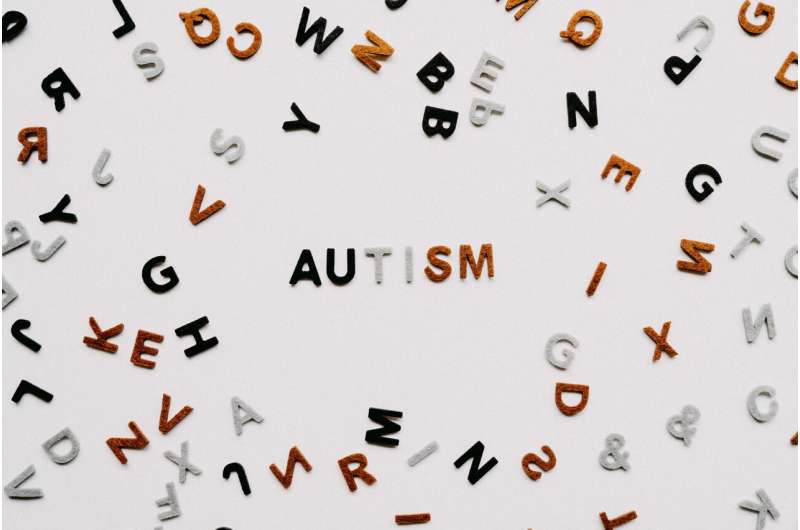Brain Injuries to Specific Neural Pathways May Influence Onset of Criminal Behavior, Study Shows

A groundbreaking study reveals that damage to specific brain connections, notably the right uncinate fasciculus, could be a causal factor in the onset of criminal behavior, especially violent crimes. This research advances our understanding of how brain injuries influence social conduct and legal considerations.
Recent research highlights how damage to particular brain connections could play a role in the emergence of criminal behavior. Over recent decades, legal professionals have started incorporating brain imaging scans as evidence in courtrooms to understand defendants' actions, based on neuroscientific findings indicating that certain individuals with criminal tendencies show differences in specific brain regions. However, a key question remains: are these brain alterations the cause of such behaviors, a consequence, or merely incidental?
To explore this, scientists from Brigham and Women's Hospital, Harvard Medical School, and other U.S. institutions examined cases where brain injuries coincided with the first appearance of criminal activity. Their findings suggest that lesions in a specific white matter pathway, particularly the right uncinate fasciculus, may have a causal relationship with criminal behaviors, especially violent offenses.
Using advanced neuroimaging techniques, the researchers mapped brain injury locations from 17 cases where individuals began criminal activities after brain damage, comparing these with a large control dataset of 178 healthy controls and 706 control injuries not linked to criminal behavior. They discovered that injuries to the right uncinate fasciculus, which connects regions involved in emotion processing with those responsible for decision-making, were most associated with violent criminal acts.
This white matter tract's impairment was consistently observed among individuals who developed violent or criminal behaviors following injury. The study indicates that damage to this critical connection may influence social and moral cognition, contributing to criminal actions. Importantly, this research underscores the importance of interpreting brain imaging data carefully in legal contexts, as injury to specific brain areas, especially the right uncinate fasciculus, could be an underlying causal factor in criminal conduct.
The implications of these findings are significant for both medical and legal fields, offering potential insights into how brain damage affects social behavior. Further investigations could expand this work by examining larger populations and different types of brain injuries. Ultimately, understanding these neural pathways may enhance our ability to assess the influence of brain injuries on social and moral decision-making, leading to better-informed judicial and medical practices.
[Source: https://medicalxpress.com/news/2025-06-injury-specific-brain-people-criminal.html]
Stay Updated with Mia's Feed
Get the latest health & wellness insights delivered straight to your inbox.
Related Articles
AI-Designed Nanobodies Accelerate Battle Against SARS-CoV-2 Variants
Innovative AI-driven virtual laboratories are fast-tracking the design of nanobodies to combat emerging SARS-CoV-2 variants, showcasing a new paradigm in biomedical research.



